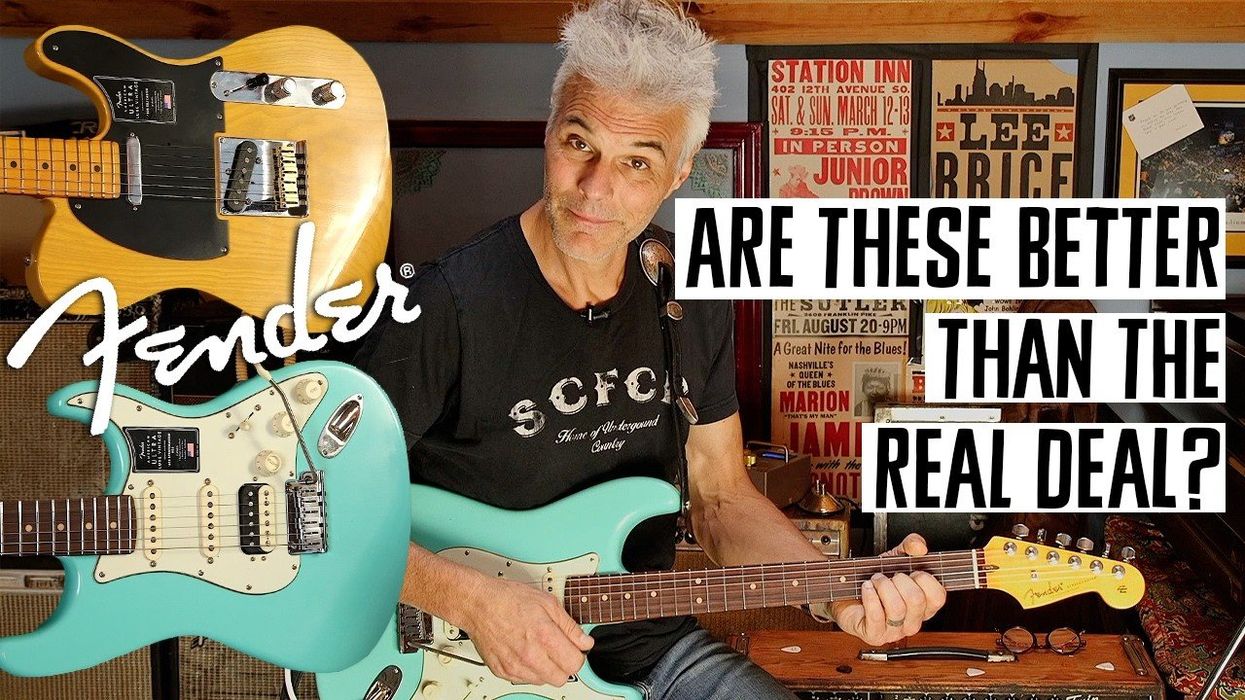When PG asked me to write about humbuckers, I thought, “this will be easy, my go-to guitar when I gig has humbuckers, and I’ve been playing and building them for over three decades.” Turns out it was a little more complex than that, and I had to do it in less than 900 words—yikes! 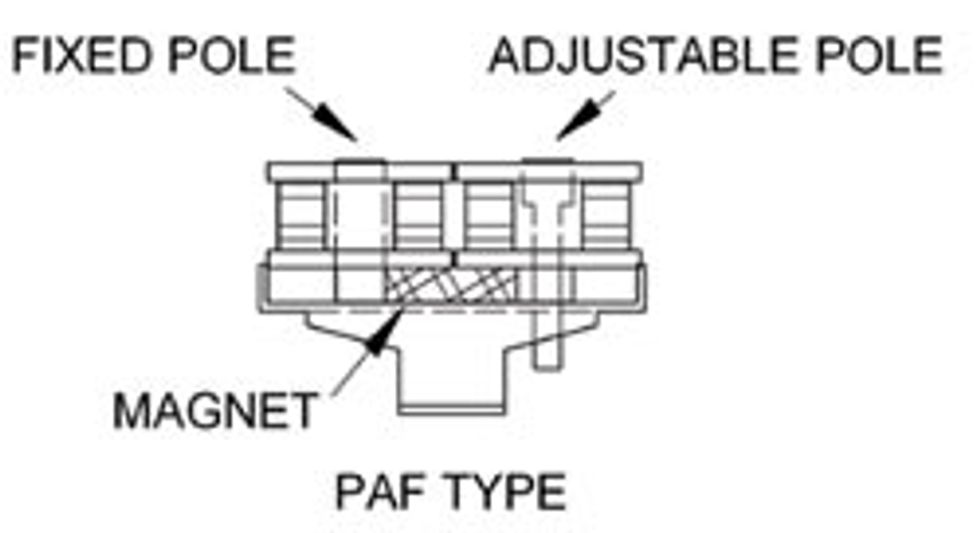
Humbuckers reject electrical signals that oscillate at 60 cycles per second. They do this by having two coils that are electrically out of phase with each other. One coil creates a positive voltage at 60 cycles, and one creates a negative voltage at 60 cycles, so when you combine the two signals they cancel each other out. The level of cancellation will be dependant on how closely the coils match. In practice, the coils don’t match exactly, so hum cancellation is never completely efficient. You can still get 120-cycle hum; the level is determined by how well the pickup and guitar wiring is shielded. 120-cycle noise is minimized with shielding, and 60-cycle is minimized with hum-cancelling pickup designs.
How do you get any sound at all if it cancels itself out? The coils are electrically out of phase with each other but magnetically in phase with each other. Strings are made of ferrous material (iron, steel and any blend of metals that have iron as part of the content), so in the best circumstance (matched coils) the only thing the pickup will sense is the ferrous material vibrating in the magnetic field. When the string vibrates, it causes the magnetic field to move through the coil. This induces an alternating current to be generated that corresponds to the string frequency, which is then converted to sound by your amplifier.
Gibson made three other humbucking pickup designs most people will be at least vaguely aware of: the mini-humbucker, the Firebird and the Johnny Smith. Pickups in the mini family have a different tone than the larger PAF for various reasons—some apply to all the smaller buckers and some are specific to each design. All of these secondary pickups are smaller: 2-5/8" x 1-1/8". The narrower width of these pickups (1-1/8" compared to 1-1/2") sense a shorter length of string vibration, containing only the higher harmonics generated by the string and giving you a slightly brighter and more focused sound.
The tone of the minis is also different due to how much iron is in their core—the size of the core and content affects the inductance of the pickup. Inductance has an effect on the output and frequency response. More inductance usually gives more output and more bass. So a smaller pickup sensing a more focused area of strings with a smaller amount of iron content in their core will result in a little less output and an overall slightly brighter, clearer sound.
A mini-humbucker is made like a miniature PAF pickup: it has one bar magnet positioned under each coil, with adjustable pole pieces made out of a ferrous alloy; the other coil contains a ferrous metal bar that is not adjustable. This corresponds to a PAF with adjustable poles in one coil and a series of metal slugs in the other coil. 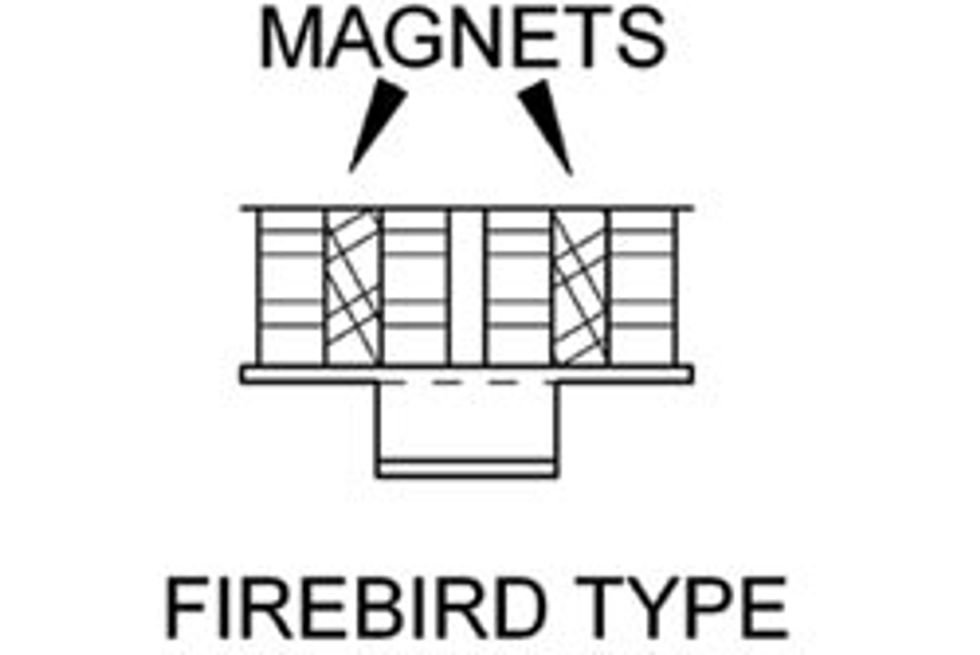
Steel cores tend to have a higher inductance; you get more bass and more output versus an alnico magnet core.
The mini-humbucker has a smoother attack with more sustain, and you’ll get more of a grind to the tone when you push your amp into distortion. Traditional Firebird pickups have a tighter, spankier tone that stays more defined when you really crank up your amp. 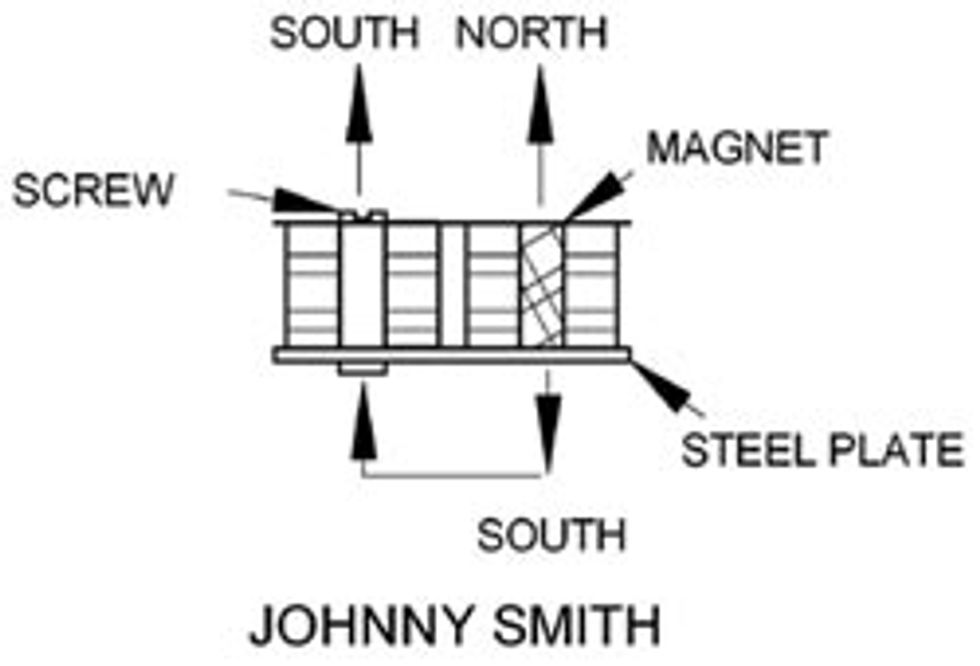
These small humbuckers were never very popular when they were first introduced. They tended to be overly microphonic and too bright. Recently, they have come back in to the spotlight. If they are made correctly they can be a very good pickup!
Jason Lollar
Jason makes extraordinary archtop, solid body and lap-steel guitars, and is a noted authority on nearly everything related to electric pickups; his book Basic Pickup Winding and Complete Guide to Making Your Own Pickup Winder sparked a new movement in boutique and aftermarket pickup manufacturing. lollarguitars.com





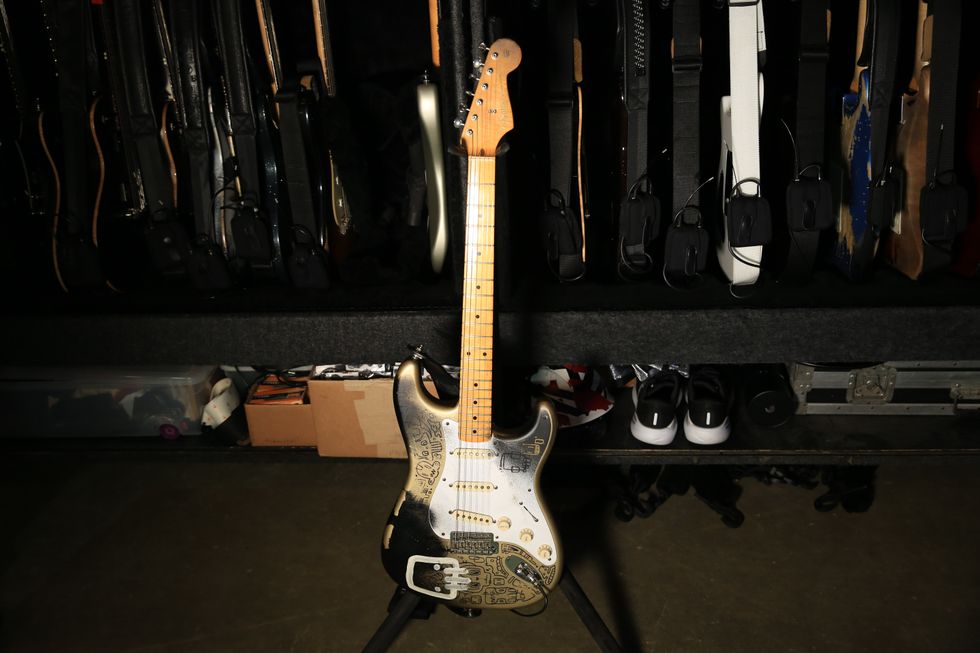
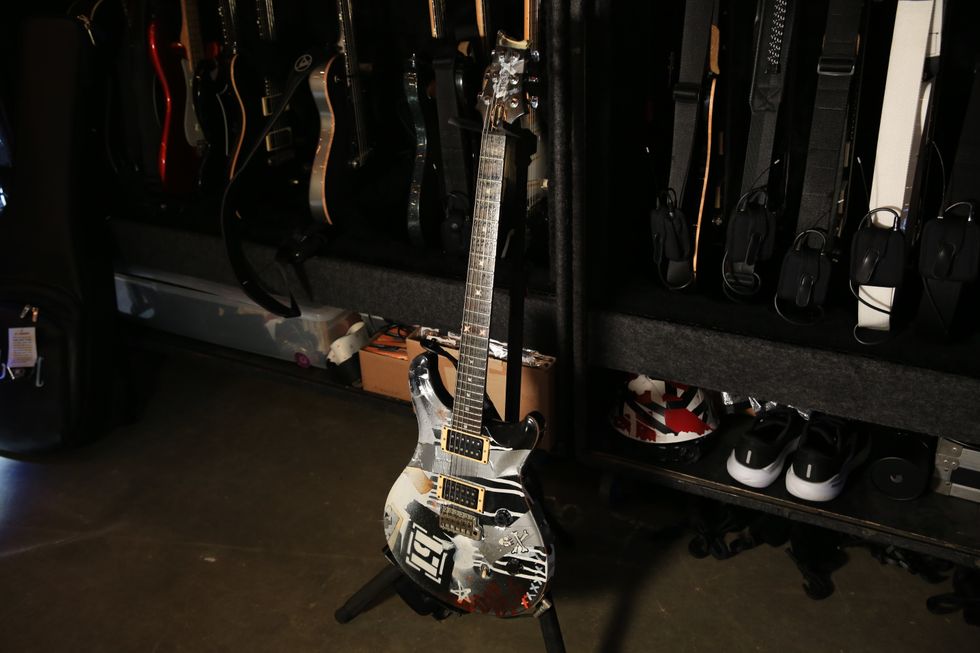
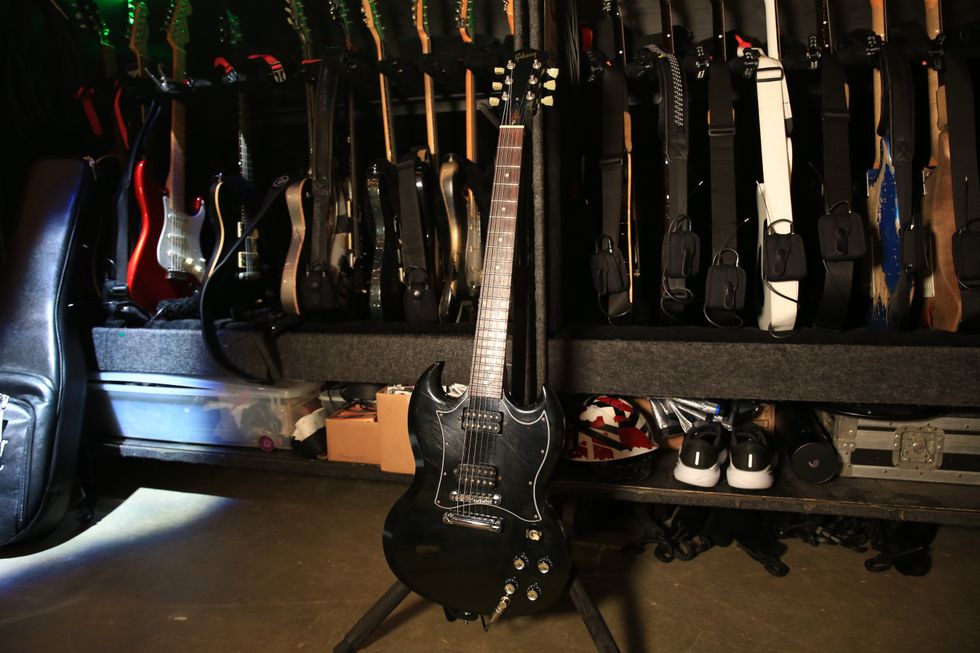
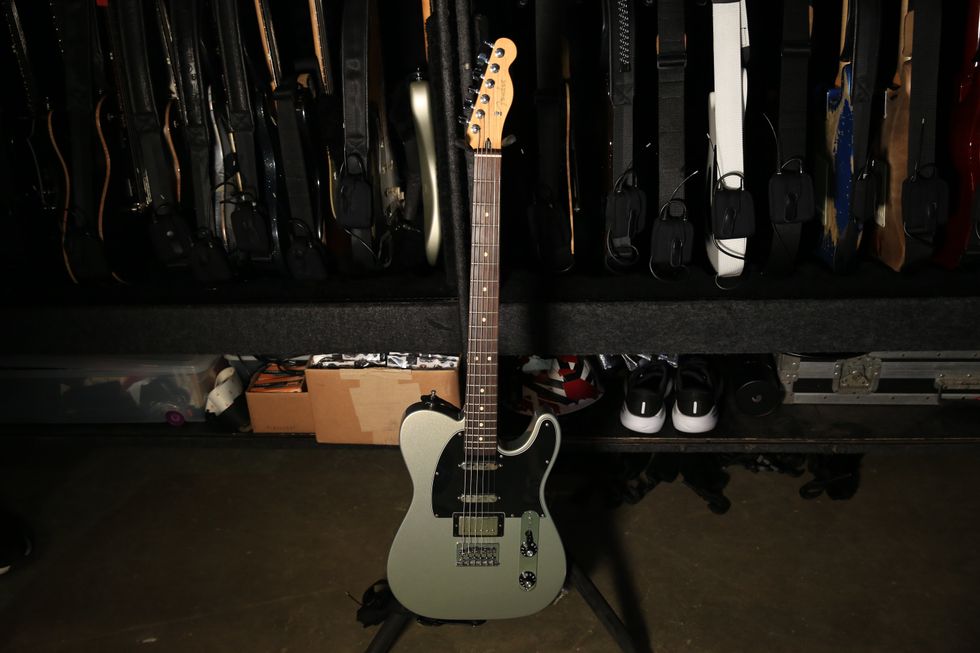
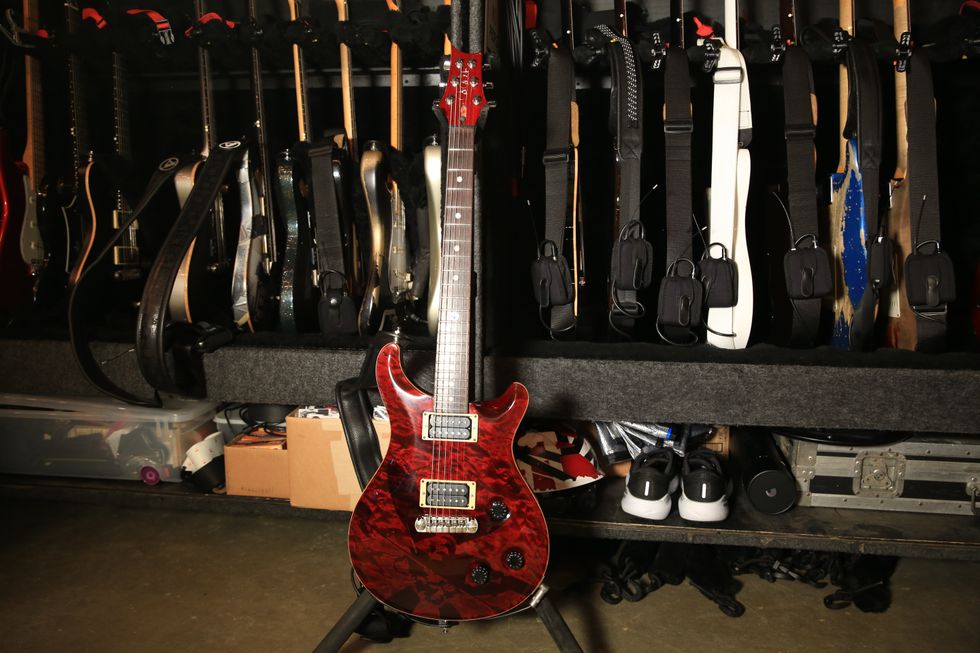
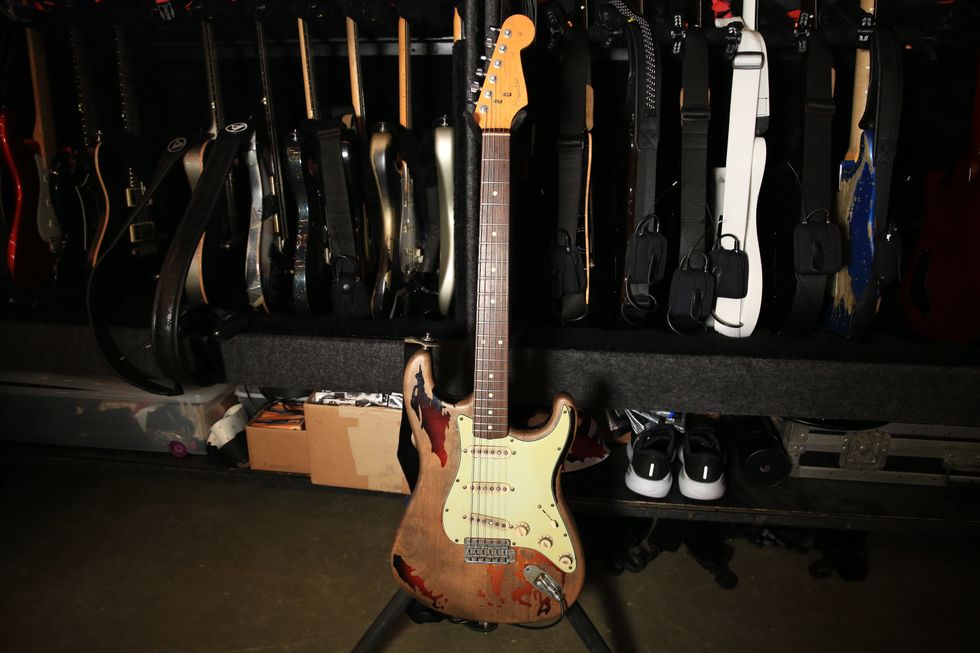
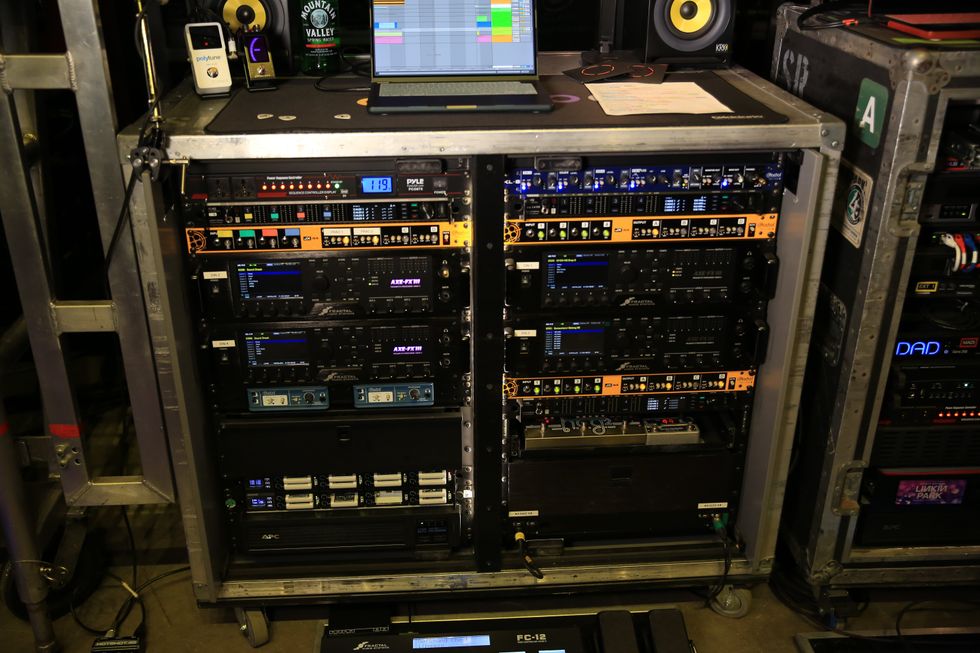
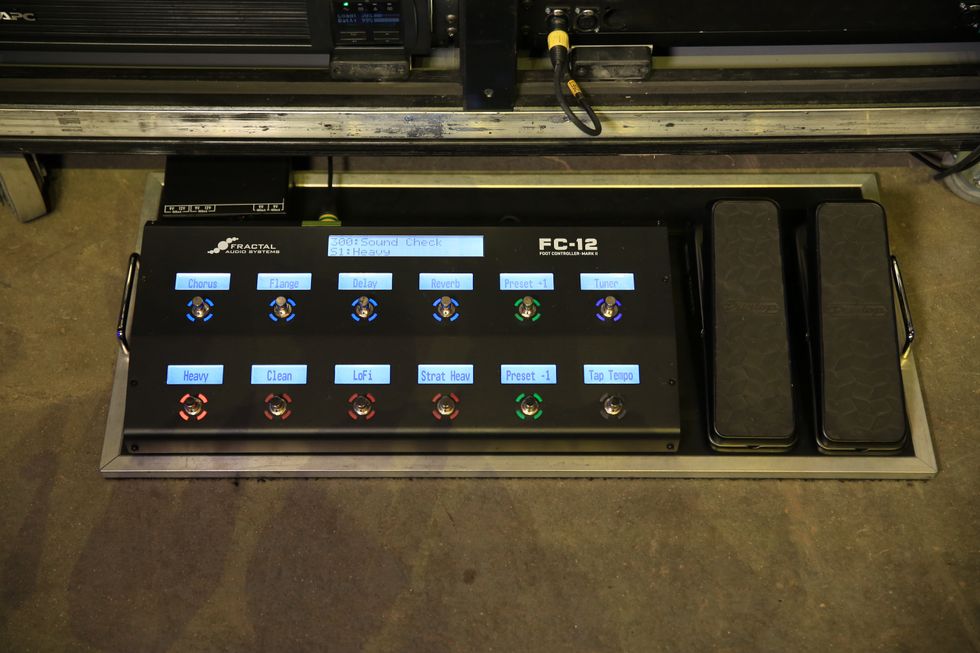
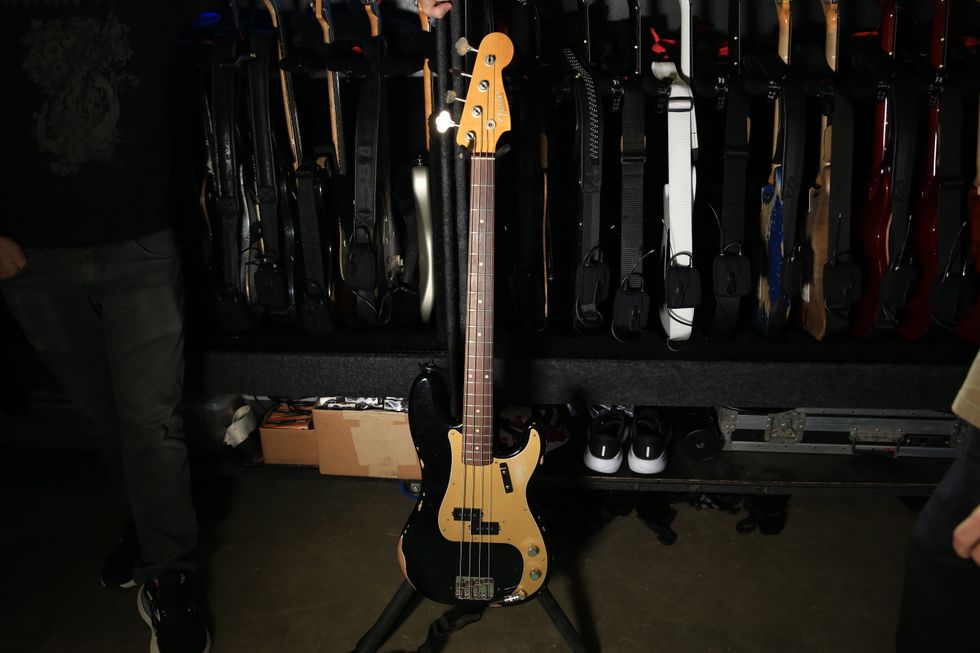
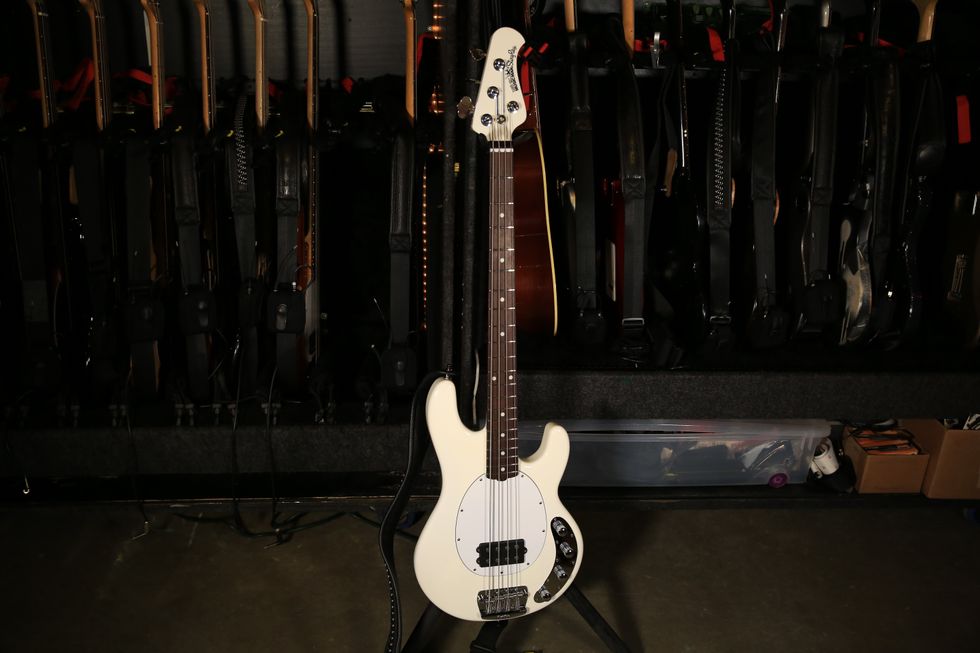
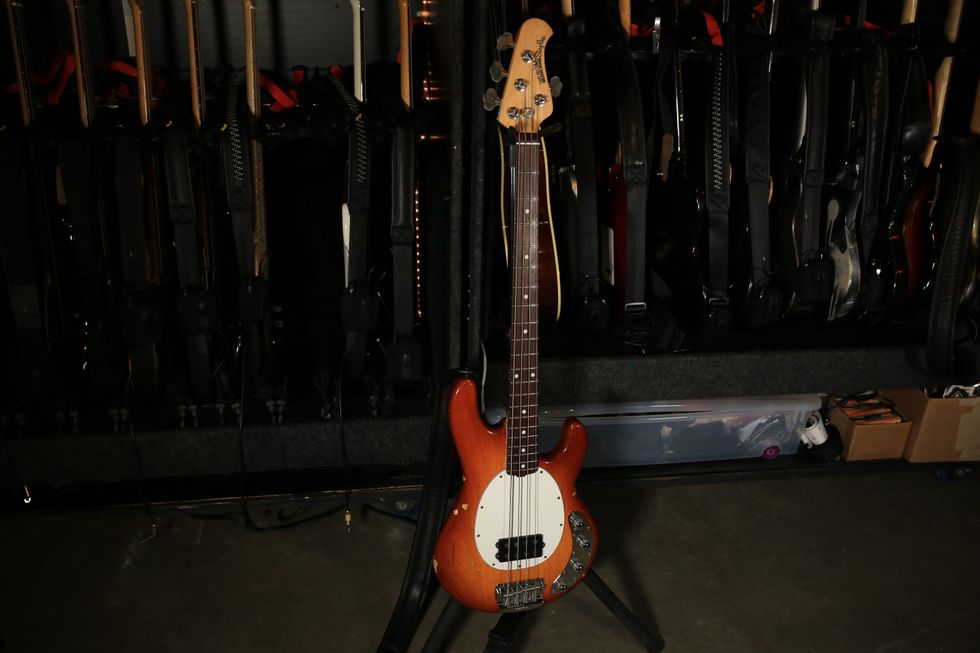
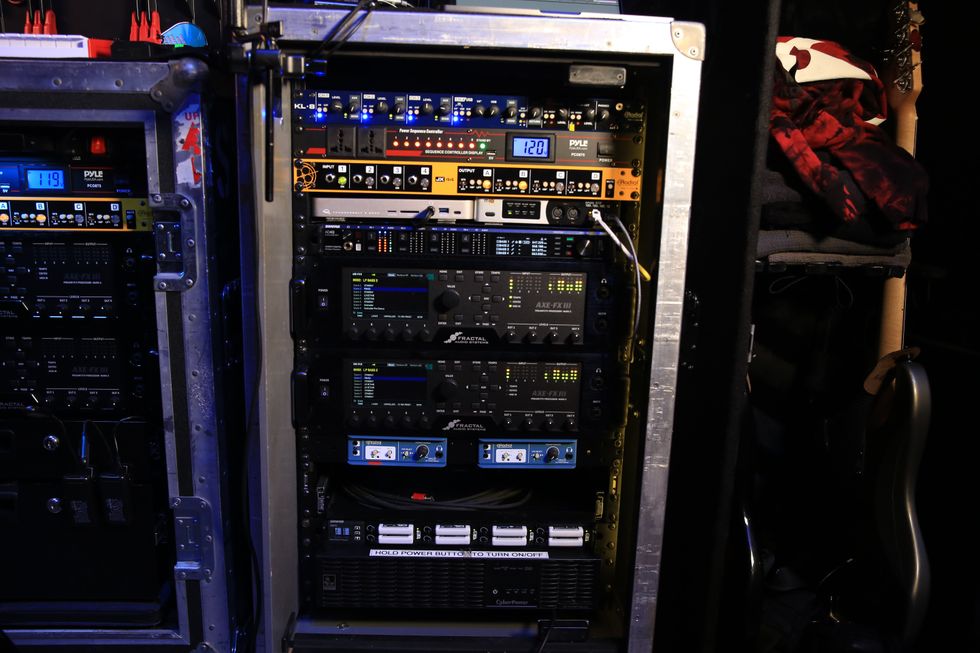

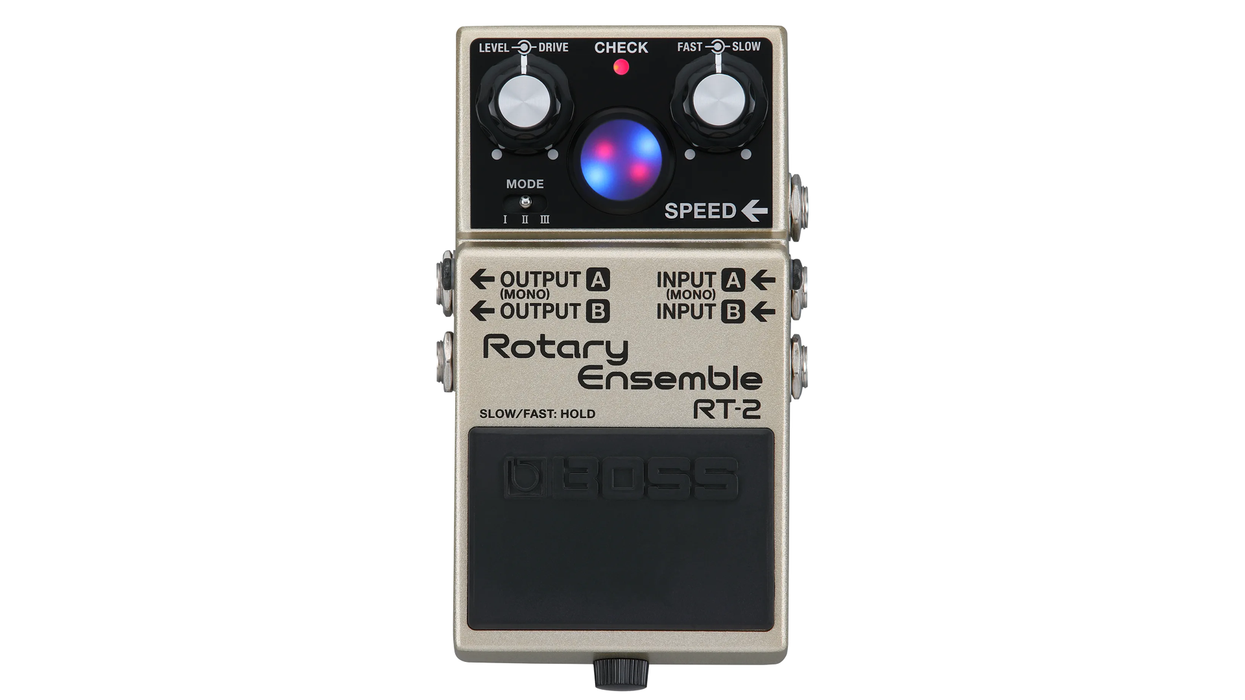
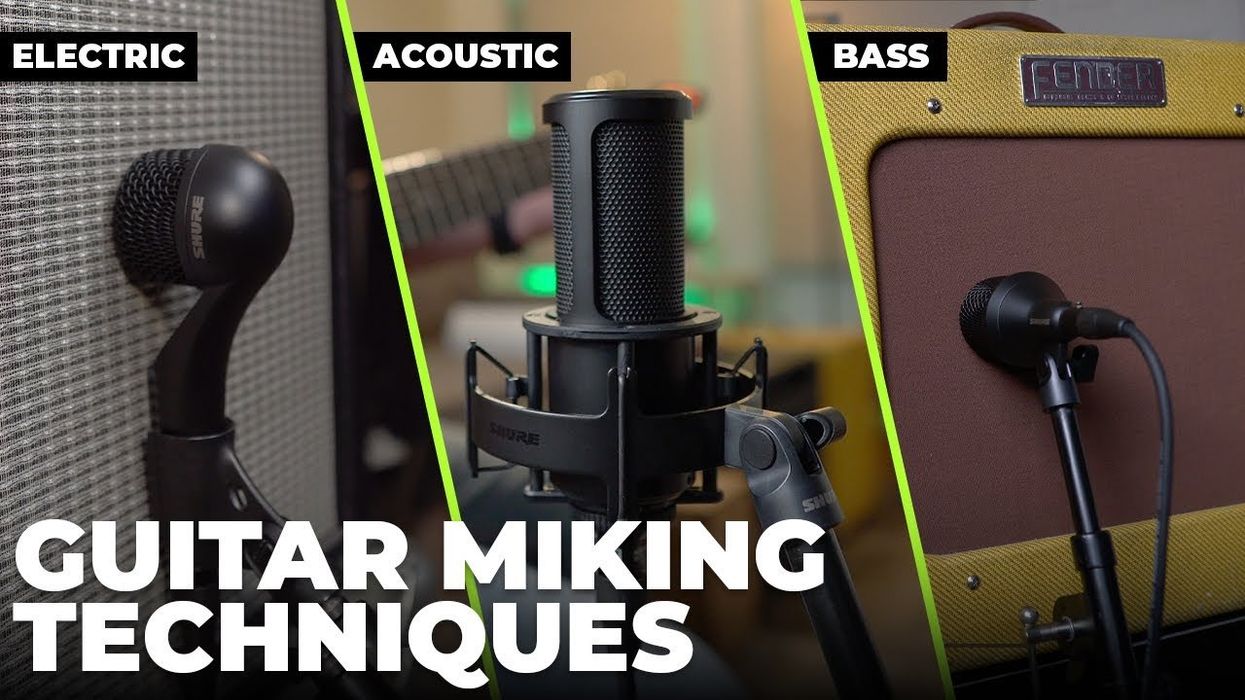
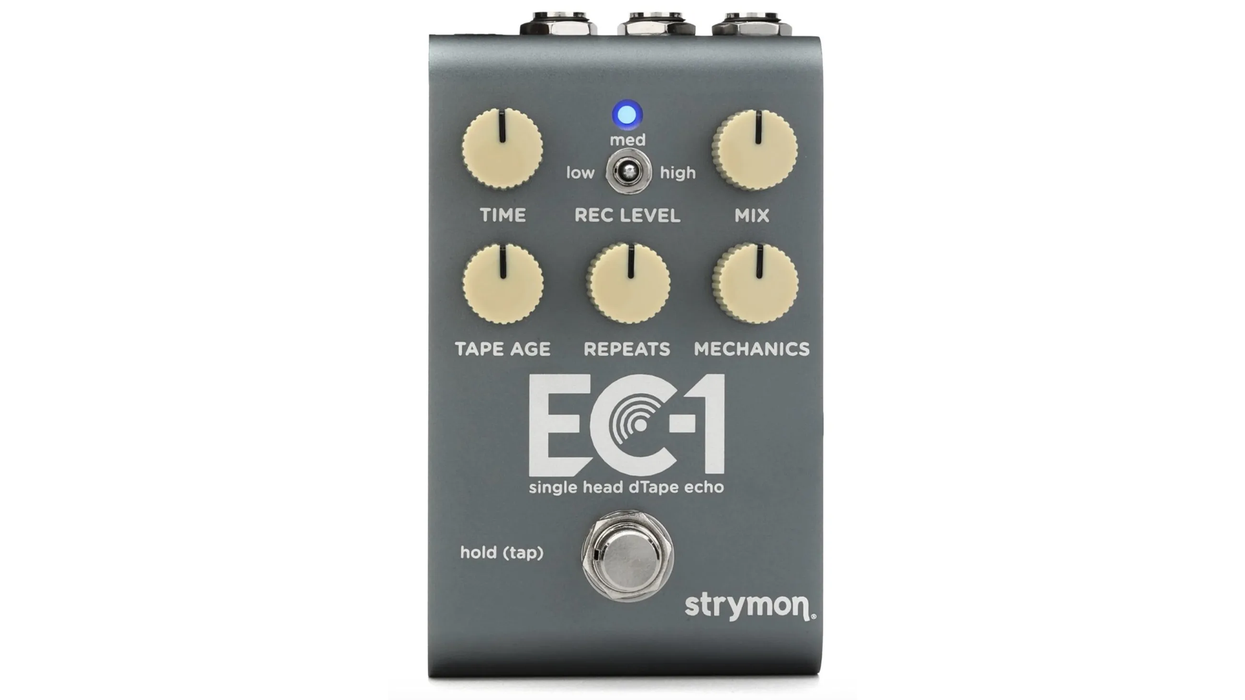
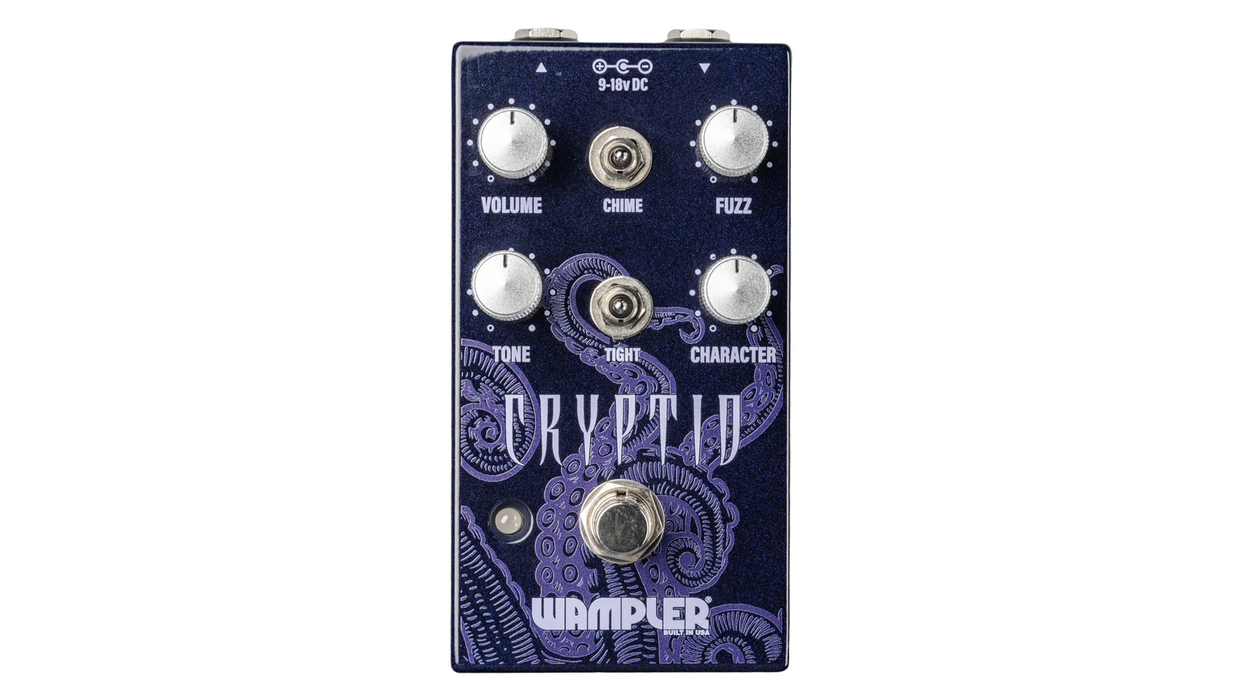

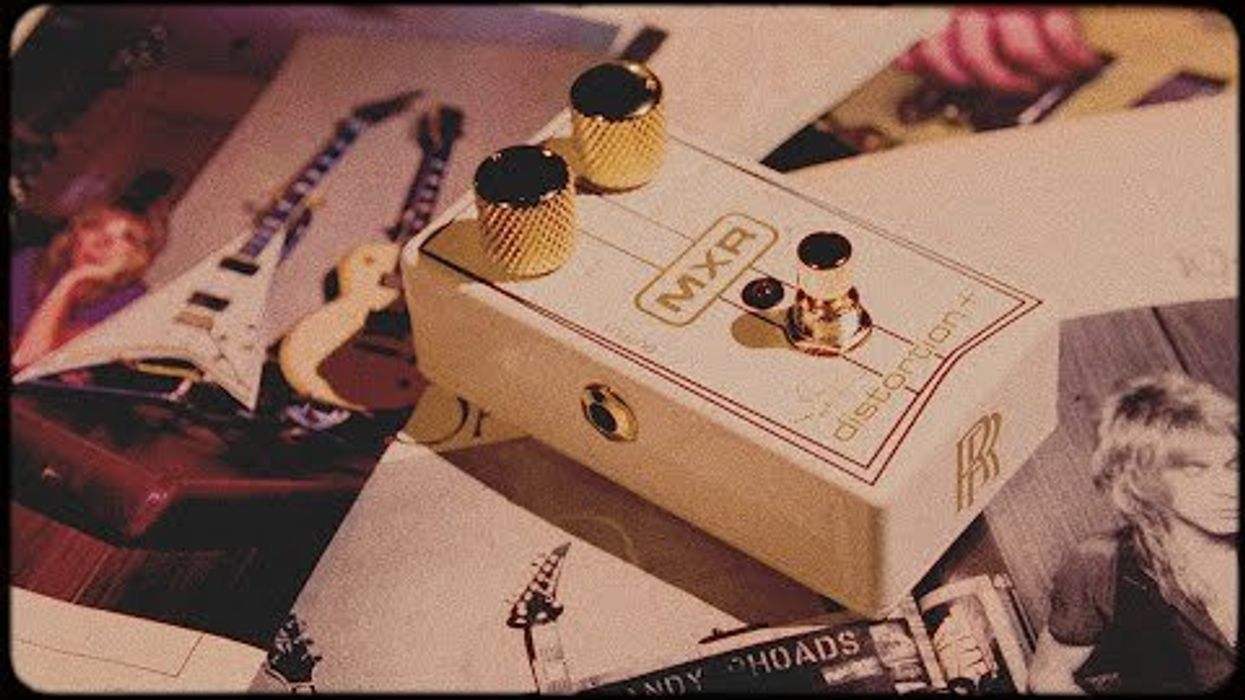
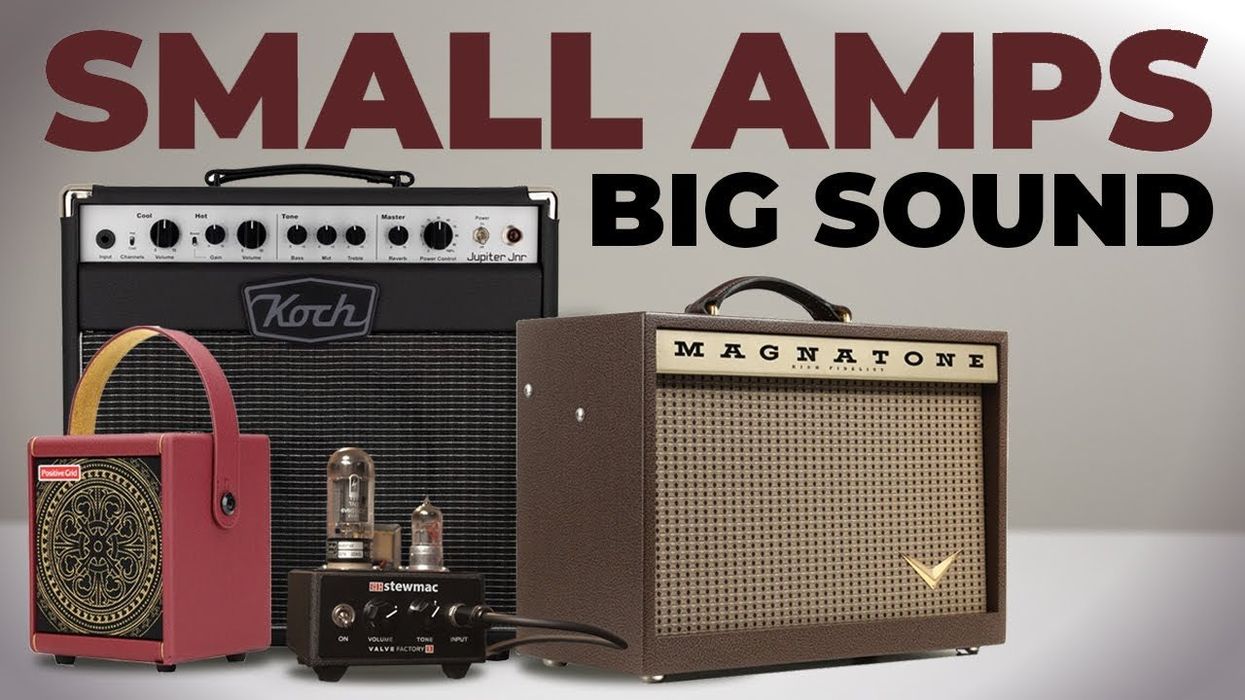
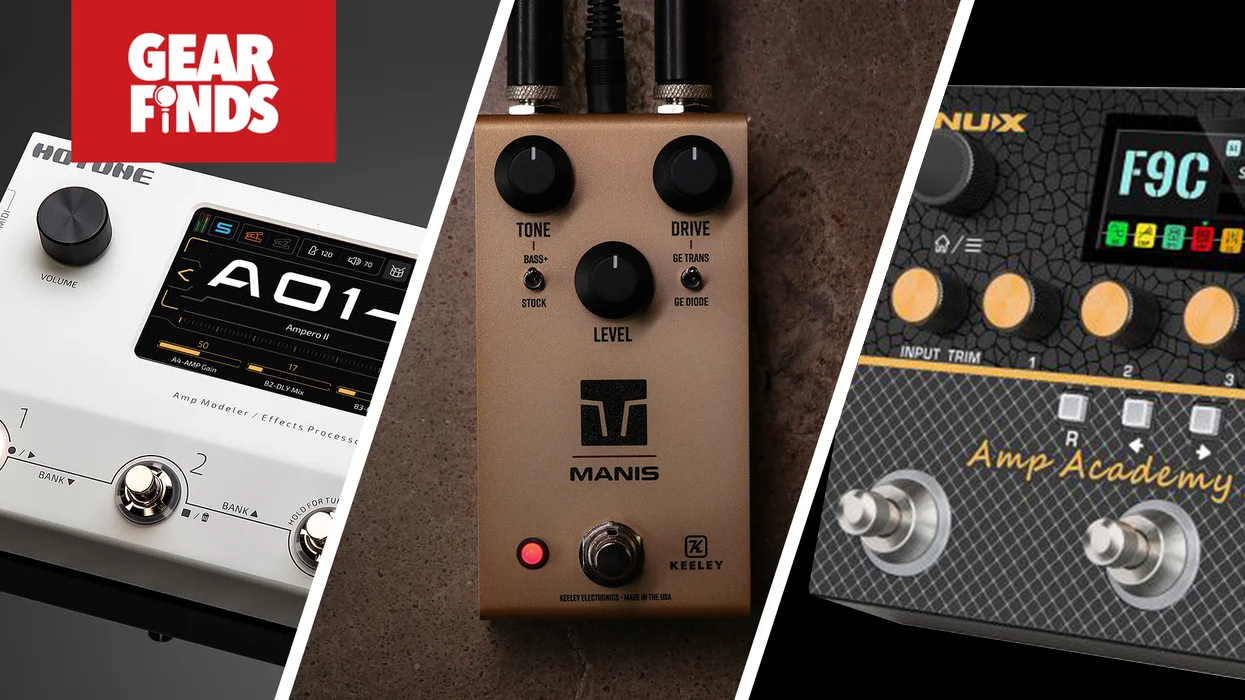
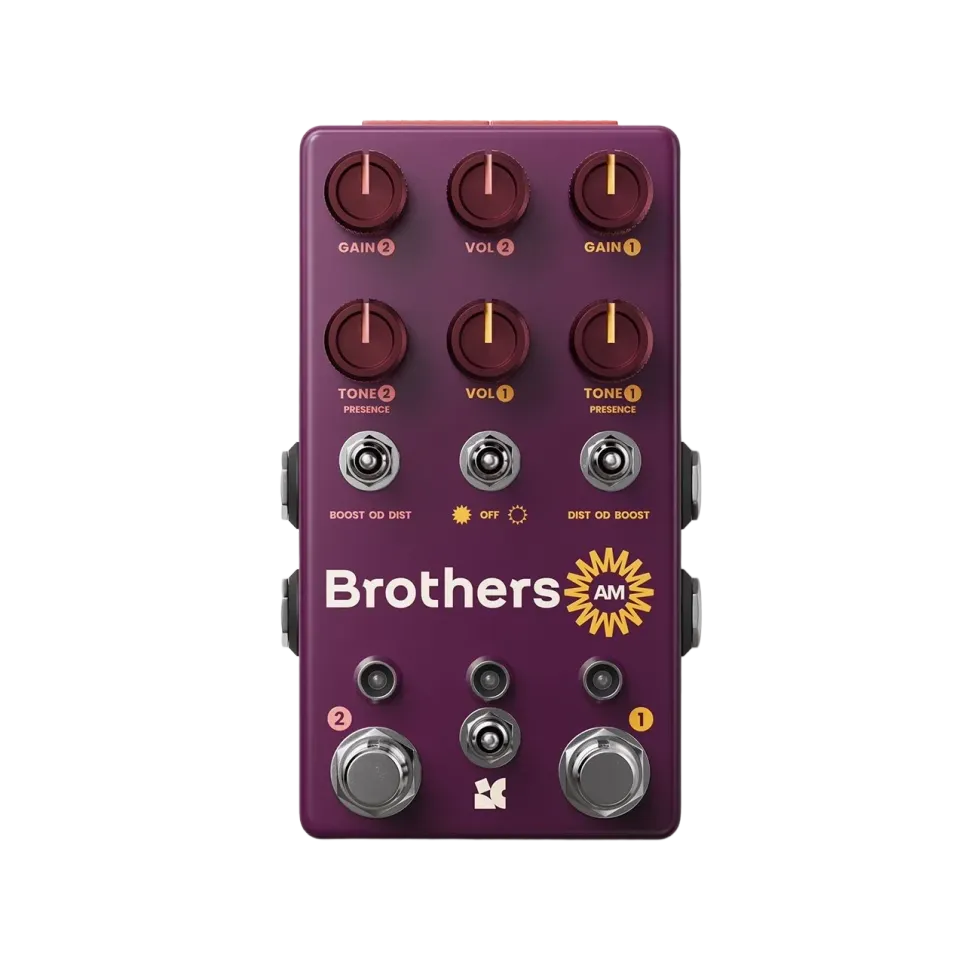
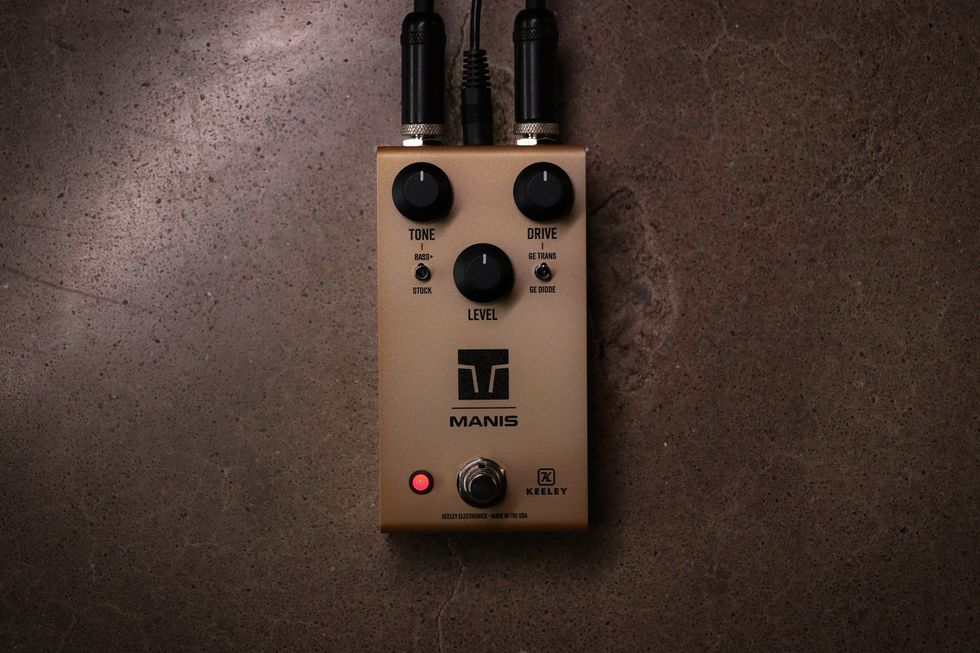
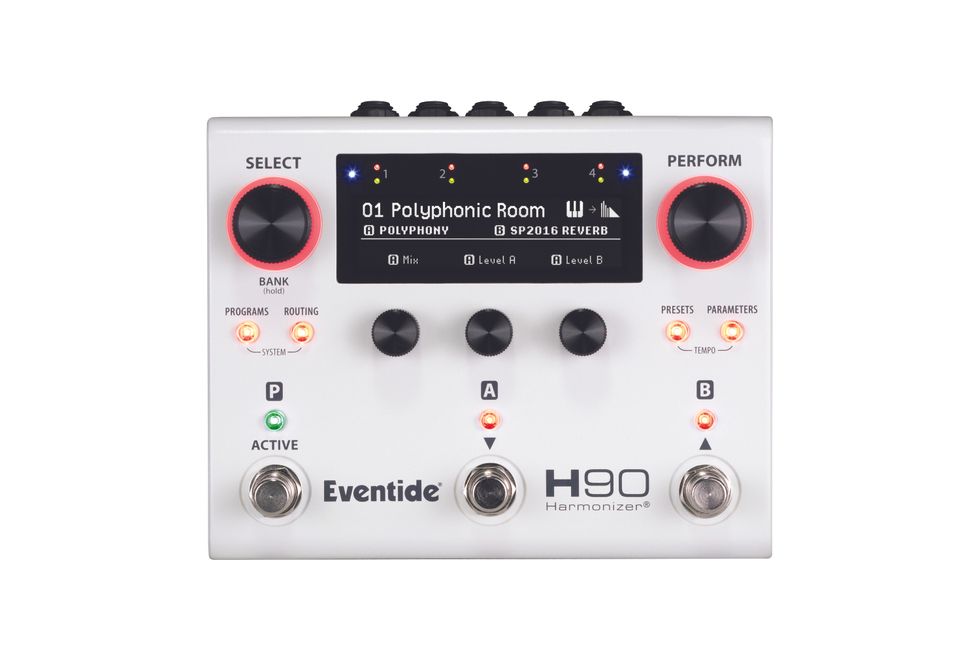
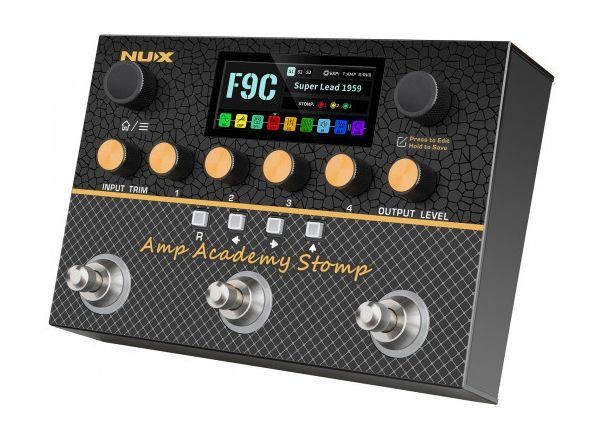
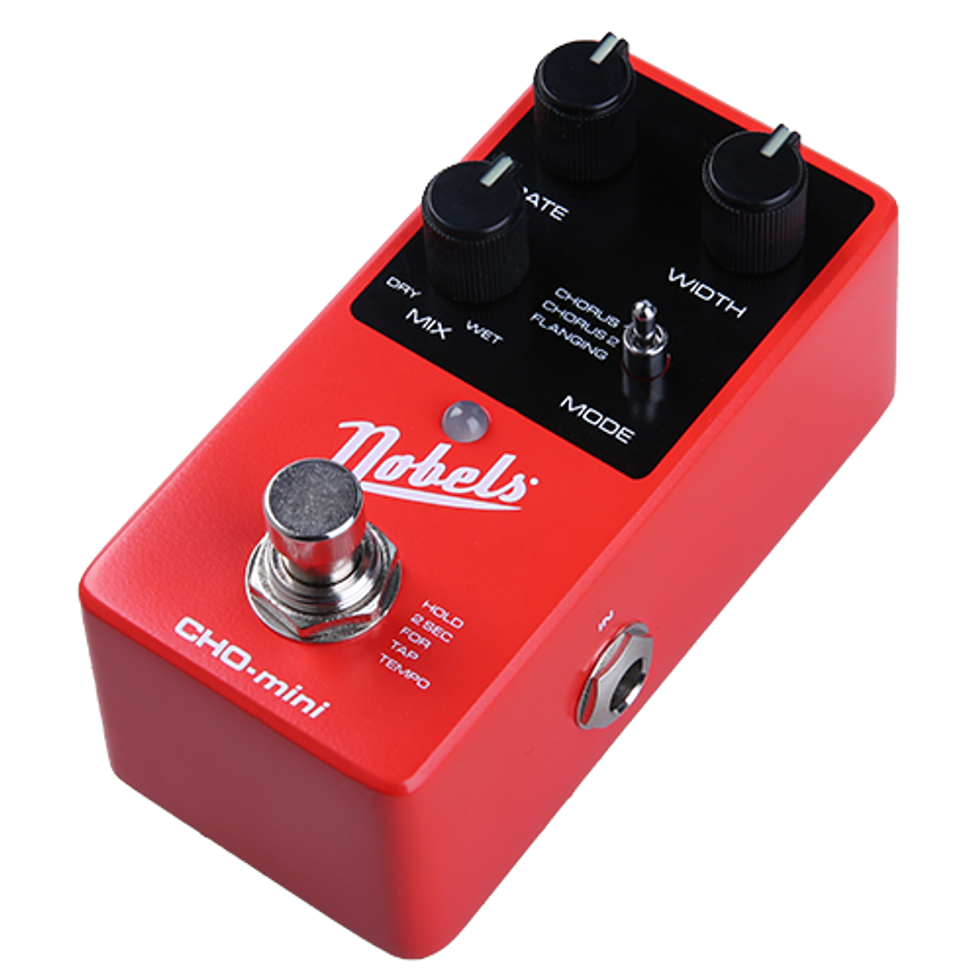
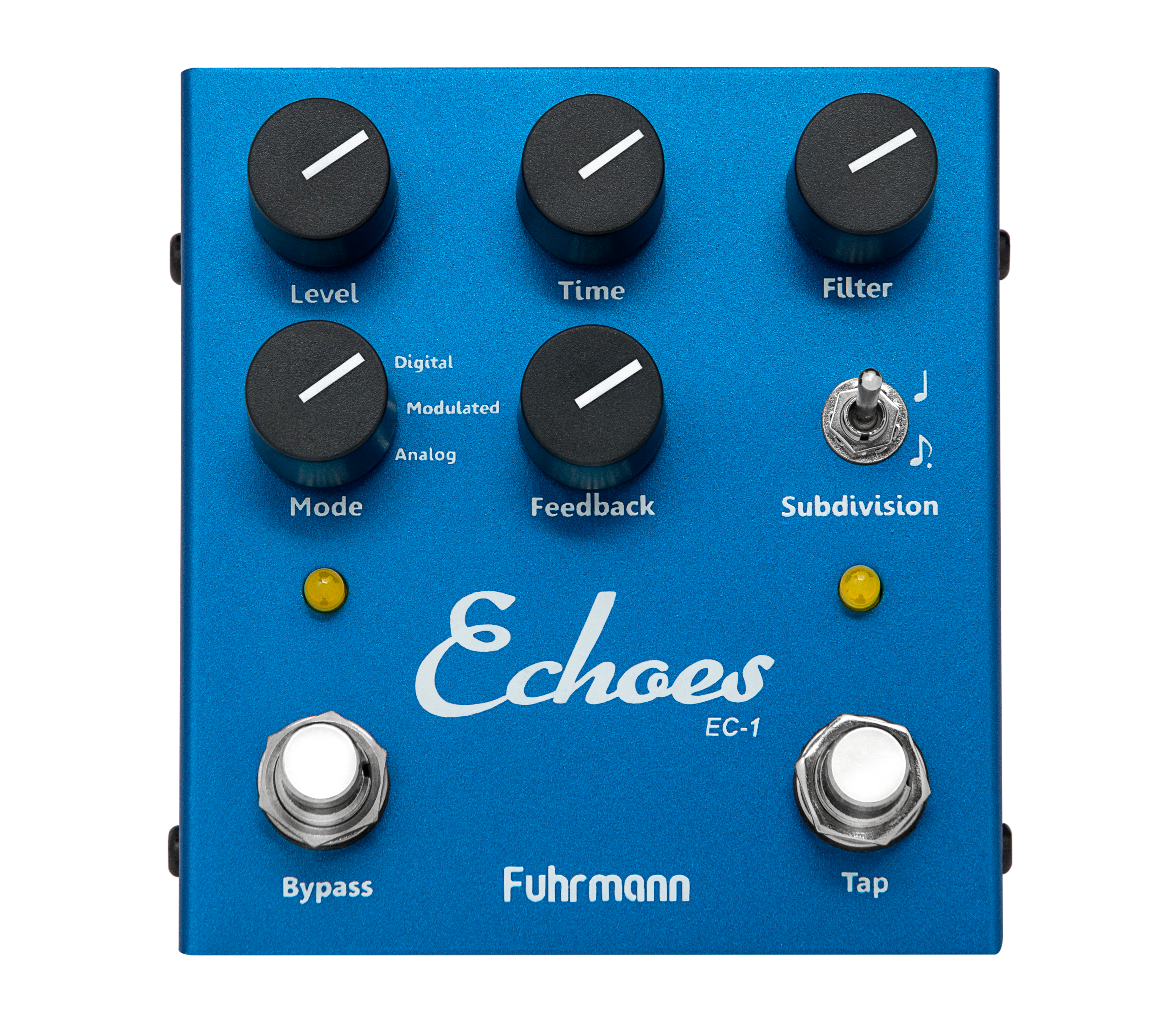
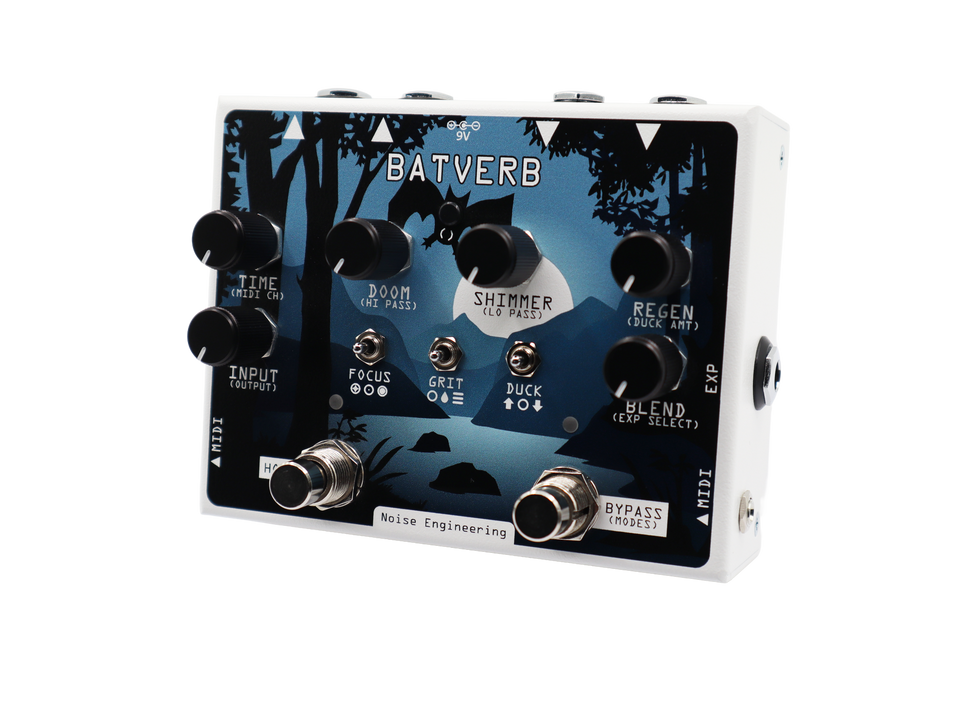
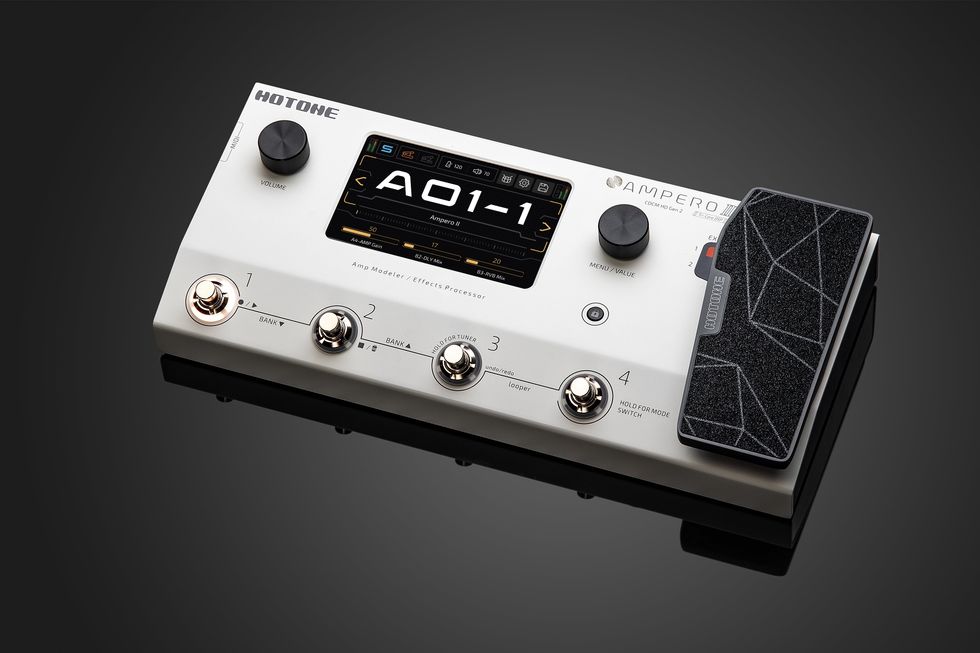
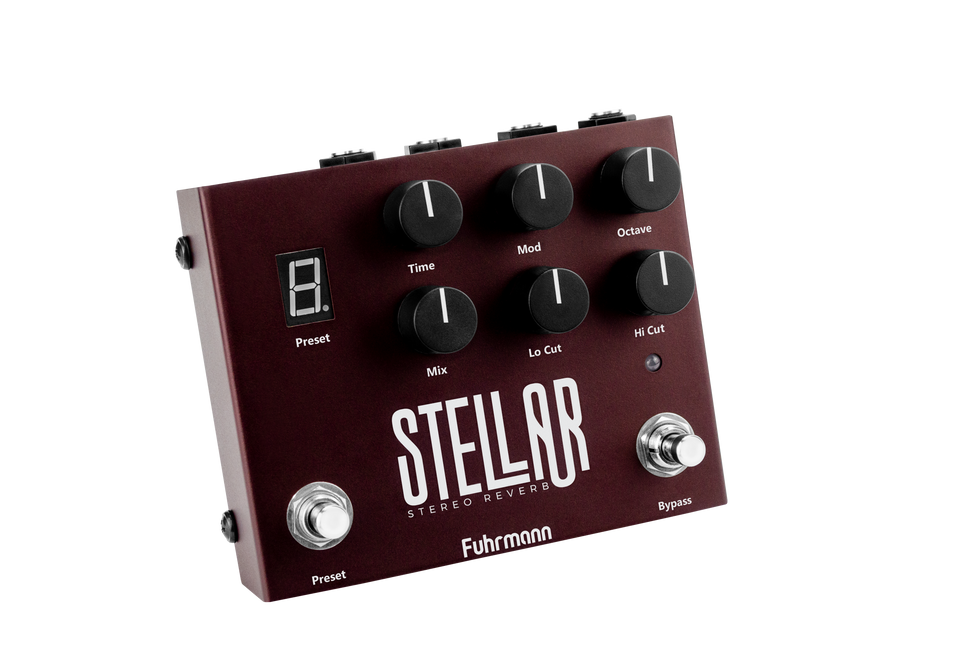
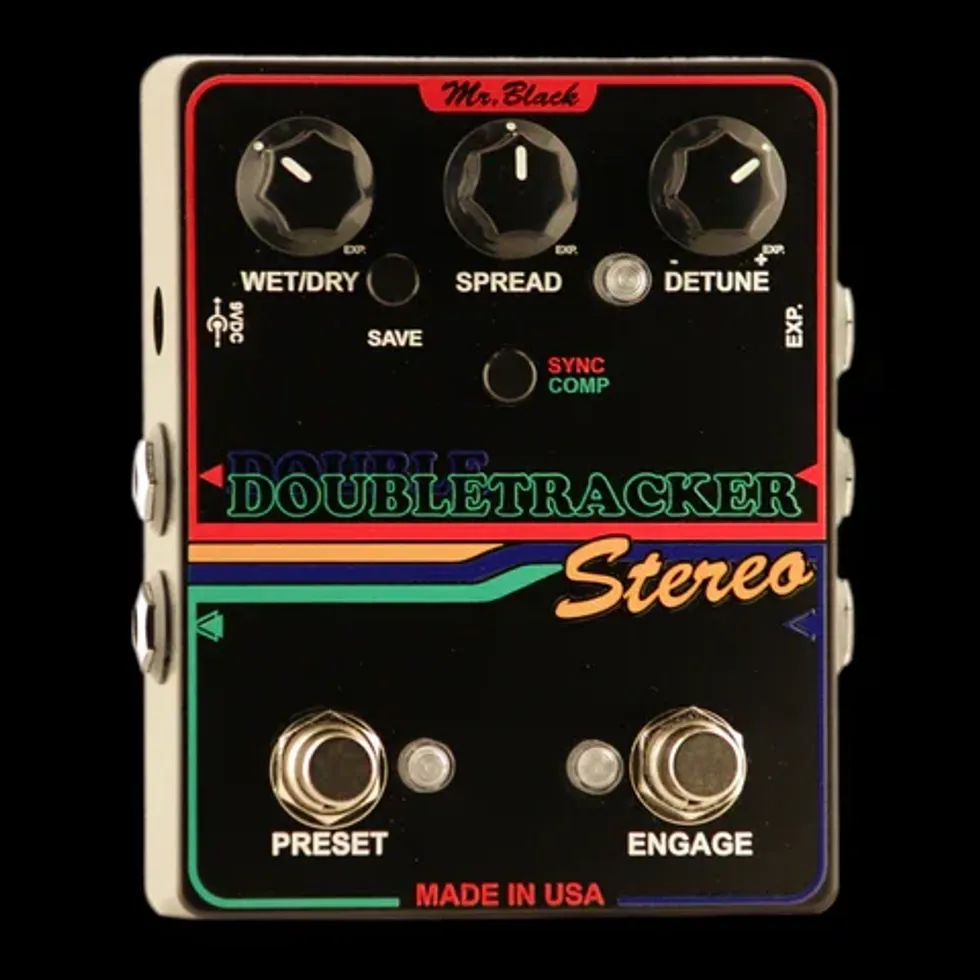
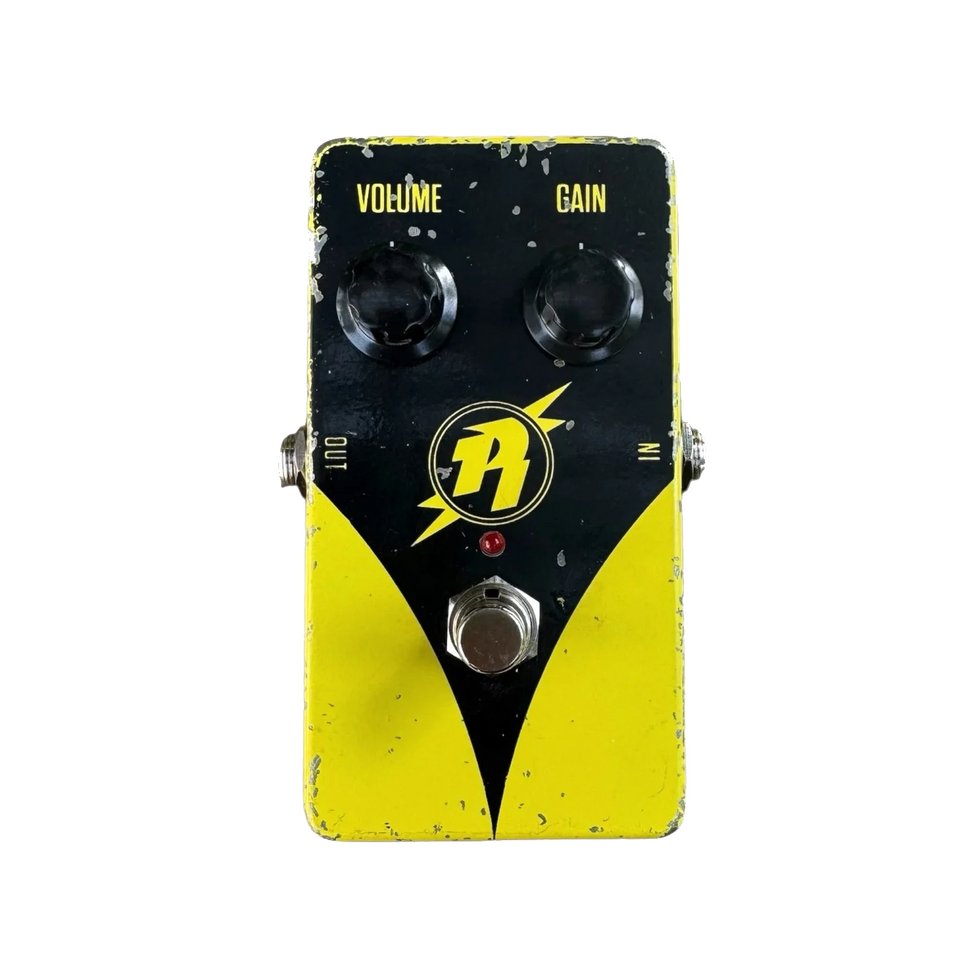

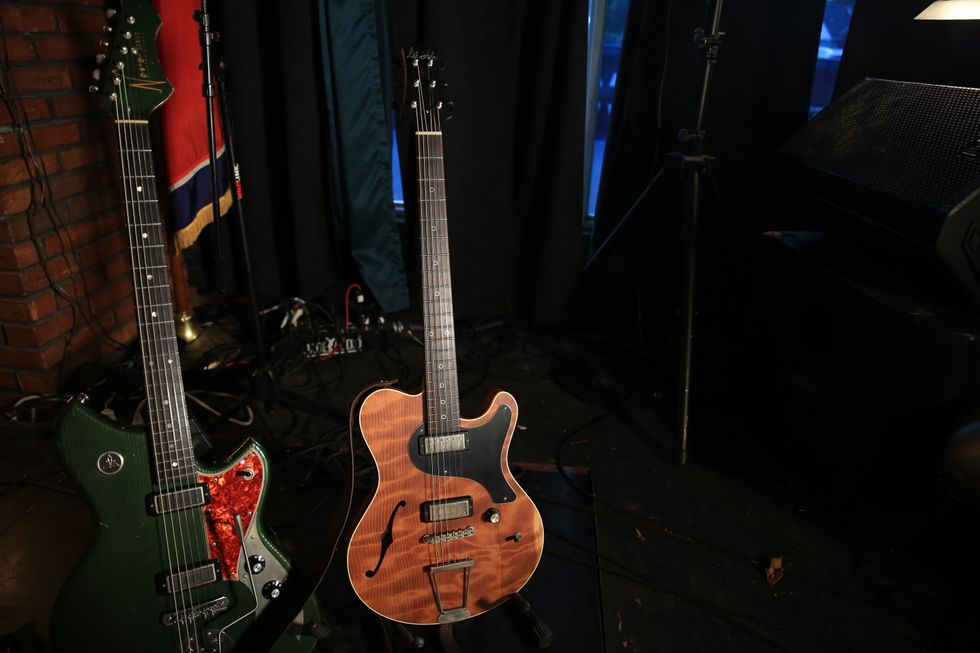
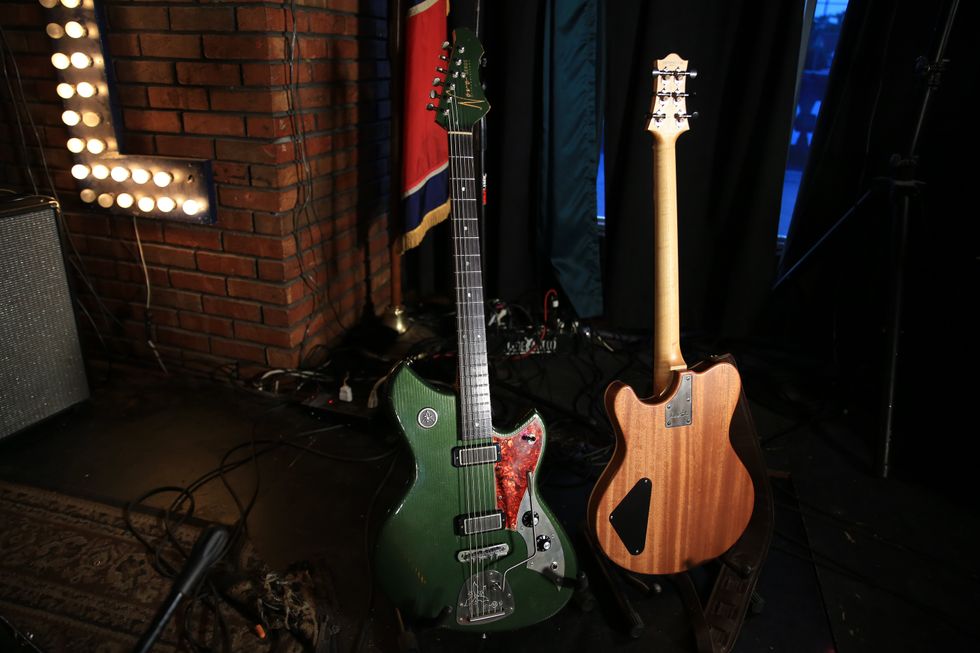
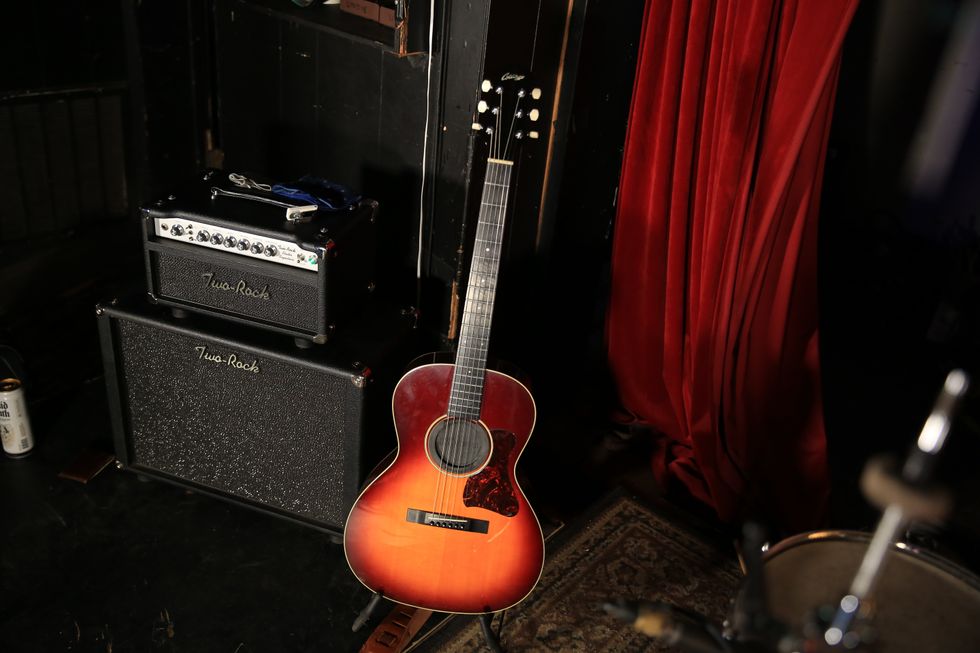
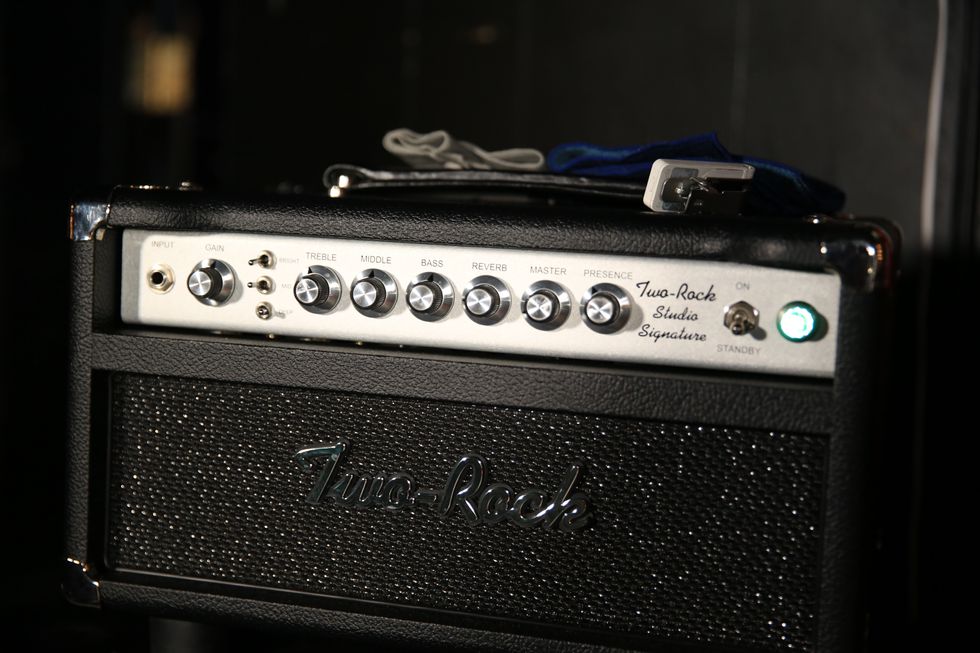
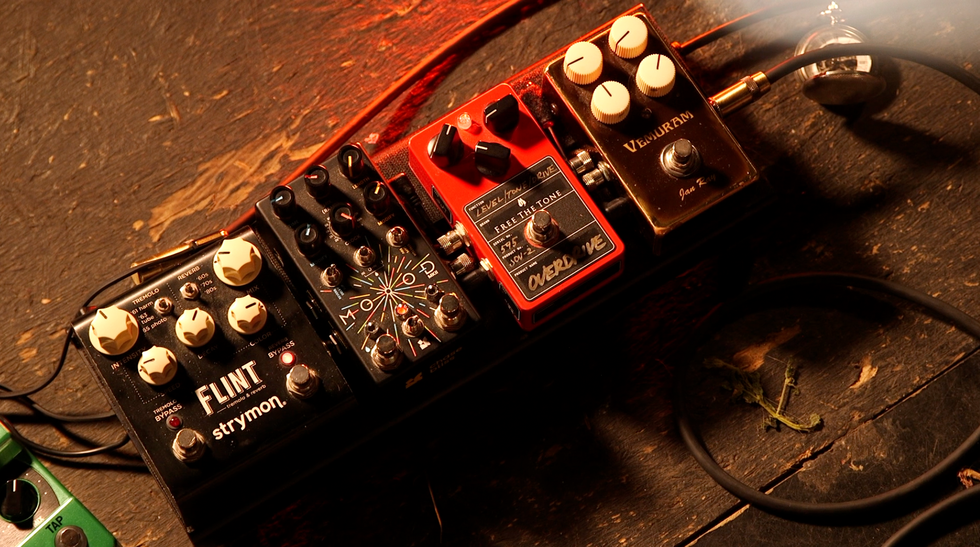
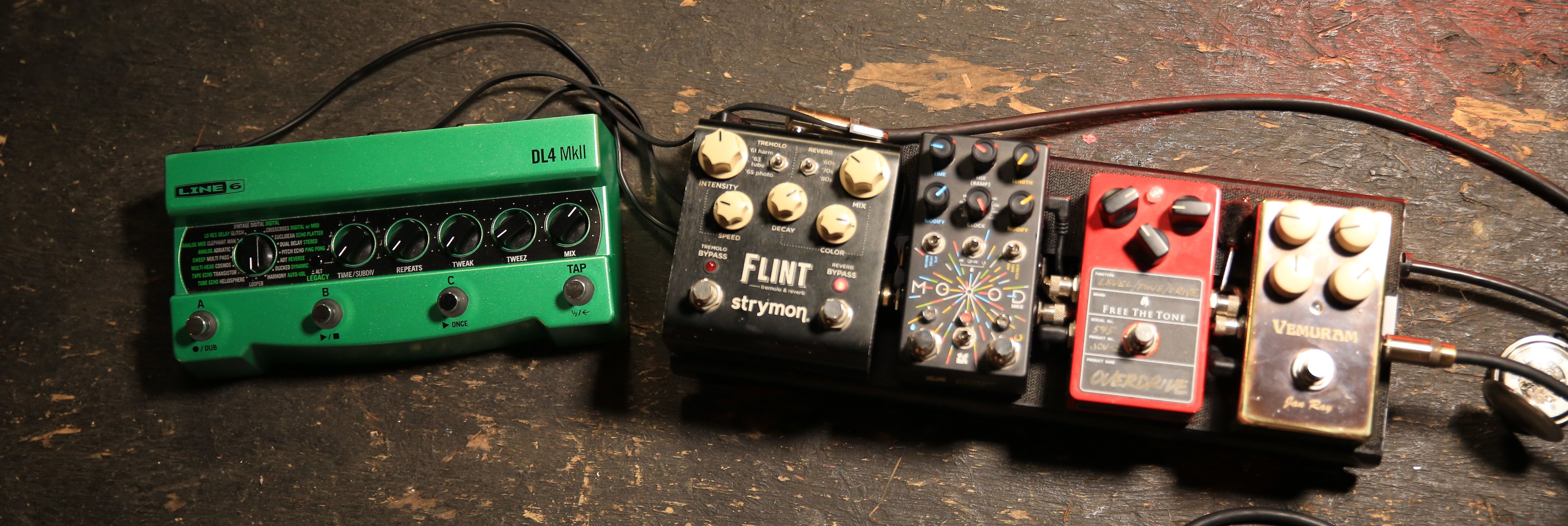 Miller’s Collings runs into a Grace Design ALiX preamp, which helps him fine-tune his EQ and level out pickups with varying output when he switches instruments. For reverb, sometimes he’ll tap the
Miller’s Collings runs into a Grace Design ALiX preamp, which helps him fine-tune his EQ and level out pickups with varying output when he switches instruments. For reverb, sometimes he’ll tap the 
